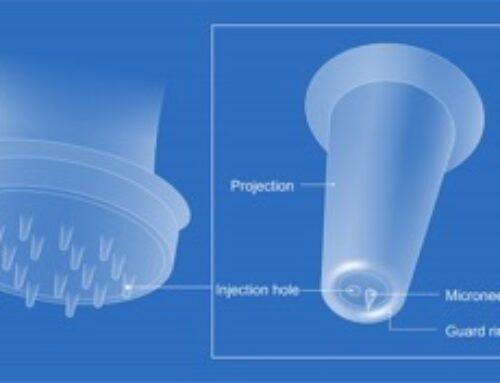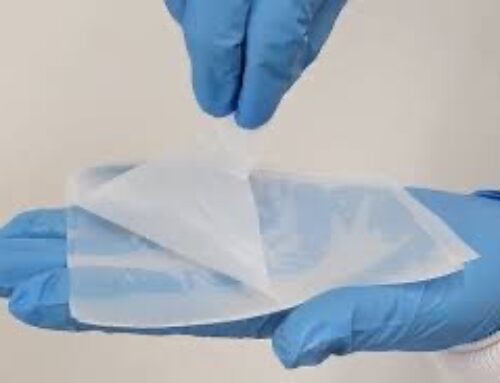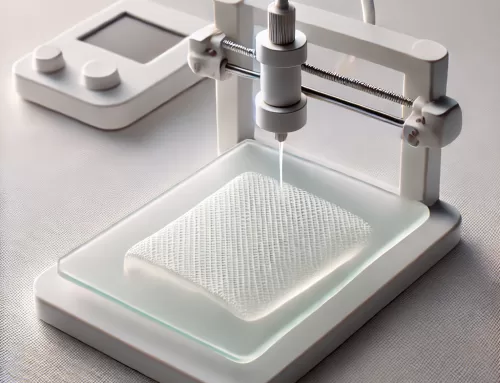Transdermal drug delivery systems are a growing method for delivering medications through the skin, avoiding issues like first-pass metabolism and improving patient compliance. However, effective skin absorption requires overcoming tthe skin’s natural barrier, the stratum corneum, which limits the penetration of many drugs. Ionic liquids technology is being used to enhance the delivery of therapeutics into the skin. With their unique properties and broad potential for enhancing topical therapies, ionic liquids are advancing dermatologic therapeutics.
What are Ionic Liquids?
Ionic liquids are organic salts with low melting points that are showing promise in improving transdermal drug delivery. They are compounds that remain liquid at relatively low temperatures, often below 100°C. They typically consist of organic cations and inorganic anions, which have significantly different volumes and asymmetrical structures. Ionic liquids exhibit unique properties such as low volatility, high thermal stability, and the ability to dissolve a wide range of compounds. These unique properties allow ILs to be specifically engineered at the molecular level to achieve desired outcomes, such as improving skin permeability and enhancing the solubility of insoluble drugs, primarily through modifications to their anions and cations. By adjusting their components to modify properties of the skin barrier, ionic liquids improve skin permeability and drug solubility, making them ideal for delivering therapeutics into the skin.
Mechanism of Action
For a drug to be delivered transdermally, it must pass through the skin barrier. Ionic liquids work by directly interacting with the skin’s lipid bilayers to increase permeability. A crucial component of skin absorption and the bioavailability of drugs is solubility. Many drugs are weak acids or bases with poor water solubility, which presents a significant challenge in developing new drug formulations. Ionic liquids enhance the solubility of insoluble small molecules and biomolecules, thereby increasing their potential for effective drug delivery. Hydrophilic ionic liquids promote transport of the drug primarily by enhancing the fluidization of protein and lipid regions. Ionic liquids can form hydrogen bonds with skin proteins and lipids to improve solubility of the drug, allowing larger molecules or poorly soluble drugs to penetrate more easily.
Study with Ionic Liquids
In a 2023 phase 2a clinical trial, CGB-500, a topical treatment for atopic dermatitis that uses ionic liquids, demonstrated a 98% improvement in severity compared to a 28% improvement with a placebo. The company is also exploring other uses of ionic liquids, including a treatment for alopecia areata and a DNA aptamer-based therapy for vitiligo, both of which are expected to enter clinical trials soon.
Samir Mitragotri, PhD, a professor of bioengineering at Harvard University and founder of CAGE Bio, emphasized the potential of ionic liquids to overcome long-standing challenges in dermatology, but he noted that further clinical evaluations will be necessary to assess the long-term effectiveness and safety of these treatments. Nonetheless, ionic liquids offer a novel and promising approach to enhancing transdermal drug delivery.





